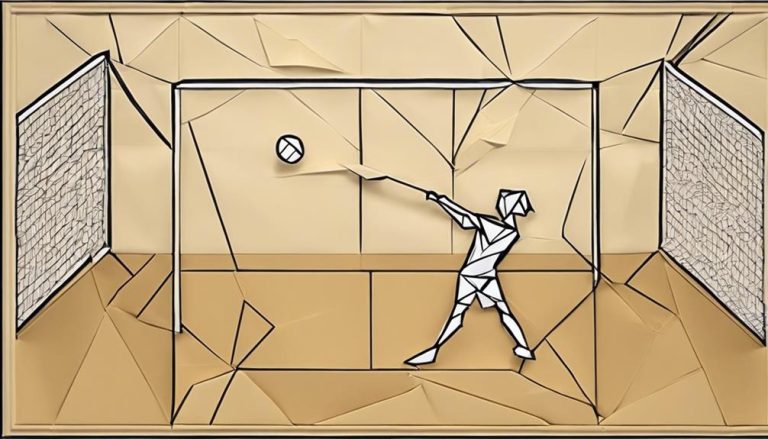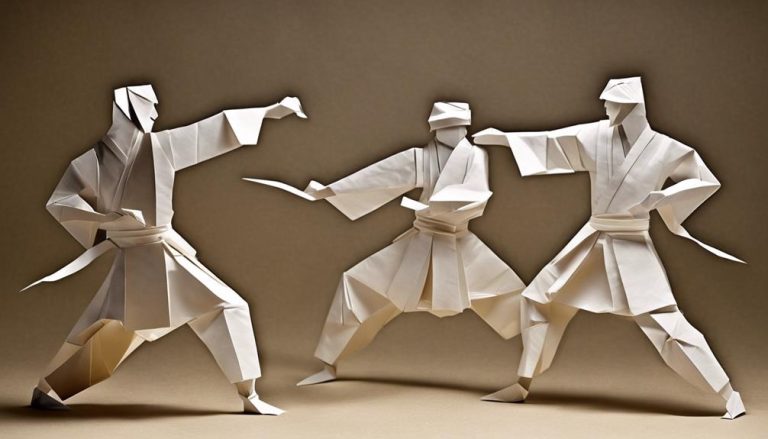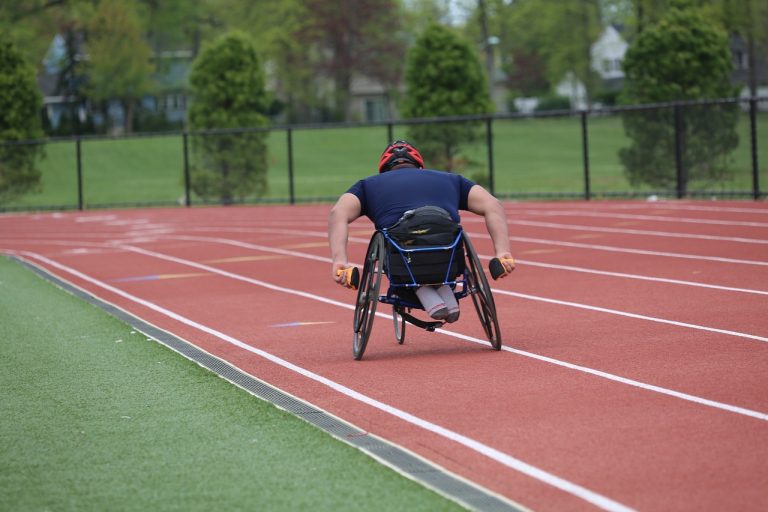General Rules of Motorcycle Sidecar Racing
Did you know that motorcycle sidecar racing involves a unique set of rules and regulations that govern the sport? From safety gear requirements to track regulations, there are various aspects that you may not be aware of. Understanding the eligibility criteria for riders and passengers, as well as the technical specifications for sidecars, is important for ensuring a fair and competitive race. Stay tuned to discover the intricacies of scoring systems, penalties, and disqualifications in this exhilarating motorsport.
Safety Gear Requirements
Make sure you are properly equipped with the necessary safety gear before engaging in motorcycle sidecar racing. Helmet requirements are not just rules; they are your shield against the unexpected. A high-quality helmet can be the difference between a minor scare and a major catastrophe. Look for helmets that meet safety standards and make certain they fit snugly, giving you maximum protection.
Protective clothing is your second skin on the track. From abrasion-resistant jackets to sturdy gloves, each piece plays an important role in keeping you safe. Proper preparation is key; make sure your clothing fits well and does not restrict your movements. In the heat of the moment, you need gear that moves with you, not against you.
Emergency procedures are not to be taken lightly. Knowing what to do in a crisis can save lives. Familiarize yourself with the track's emergency protocols and make sure you have a clear understanding of the signals and signs used during races. Practice emergency drills with your team so that everyone knows their role in different scenarios.
Your safety gear is your lifeline in motorcycle sidecar racing. Embrace it, respect it, and never take it for granted. Stay liberated on the track by ensuring your safety gear is excellent and that you are well-prepared for any situation that may arise.
Rider and Passenger Eligibility
You're about to discover the critical points that determine who can participate in the thrilling world of motorcycle sidecar racing. From eligibility requirements to safety gear mandates, there are specific criteria that riders and passengers must meet to partake in this high-octane sport. Understanding these points is essential for ensuring a safe and competitive racing environment.
Eligibility Requirements
To participate in motorcycle sidecar racing, both the rider and passenger must meet specific eligibility requirements to guarantee safety and competitive fairness. Sidecar modifications play a critical role in enhancing performance, stability, and control during races. Understanding racing techniques is equally important for navigating tracks efficiently and maximizing speed. Riders should possess a strong understanding of how modifications impact the sidecar's dynamics and handling. Likewise, passengers need to be physically fit and capable of maintaining balance while executing maneuvers. By meeting these eligibility requirements, riders and passengers can ensure a harmonious partnership that optimizes their performance on the racetrack. Embrace the challenge, hone your skills, and embrace the thrill of motorcycle sidecar racing with a passion for excellence.
Safety Gear Mandates
As you prepare to take on the exhilarating world of motorcycle sidecar racing, ensuring both rider and passenger eligibility through strict safety gear mandates is paramount for a successful and secure race experience. When it comes to safety gear mandates, helmet standards and protective clothing are non-negotiable. Helmets must meet specific safety standards to provide maximum protection in case of a crash, while durable and abrasion-resistant clothing is vital for minimizing injuries. Before hitting the track, thorough equipment inspection is essential. Make sure helmets are securely fastened, and all protective gear is in top condition. Race day preparation should include a final check of all safety gear to guarantee both rider and passenger are equipped for the challenges ahead.
| Safety Gear Mandates | |
|---|---|
| Helmet Standards | Protective Clothing |
| Equipment Inspection | Race Day Preparation |
Technical Specifications for Sidecars
For best performance and safety in motorcycle sidecar racing, precise technical specifications must be adhered to. Ensuring that your sidecar is set up correctly will not only enhance your racing experience but also keep you safe on the track. Let's explore the technical specifications that can make a significant impact on your sidecar racing journey.
- Design Modifications: Making strategic design modifications to your sidecar can greatly improve its handling and stability around corners. From adjusting the length of the sidecar to tweaking the positioning of the wheel, these modifications can give you a competitive edge.
- Weight Distribution: Proper weight distribution is essential for maintaining balance and control during races. By ensuring that the weight is evenly distributed between the motorcycle and the sidecar, you can enhance your overall performance on the track.
- Aerodynamic Advantages: Optimizing the aerodynamics of your sidecar can help reduce drag and increase speed. Small adjustments to the fairing or windshield can make a big difference in your racing capabilities.
- Suspension Setup: Fine-tuning the suspension of your sidecar is vital for a smooth ride and improved handling. Adjusting the suspension settings to suit different track conditions can give you better control over your sidecar.
Track Regulations and Racing Etiquette
Exploring the twists and turns of motorcycle sidecar racing demands a thorough understanding of track regulations and impeccable racing etiquette. When it comes to cornering techniques and race strategy, it's essential to find the perfect balance between speed and control. Properly steering through each turn requires precision and communication between the driver and passenger. Sharpening your cornering skills can give you a significant edge over the competition, allowing you to maintain momentum and make up valuable time on the track.
In the heat of the race, effective team communication is key. Clear and concise instructions between the driver and passenger can make all the difference in executing flawless maneuvers. Whether it's adjusting weight distribution or signaling upcoming turns, seamless communication enhances your performance on the track. Additionally, pit stops play an important role in the overall race strategy. Quick and efficient pit stops can help you gain positions and stay ahead of the pack.
Racing etiquette is just as important as technical skill. Respect your fellow competitors on the track by avoiding reckless maneuvers and unnecessary risks. Remember, a successful race is not just about individual performance but also about upholding the integrity of the sport. Embrace these principles, and you'll not only excel in motorcycle sidecar racing but also contribute to a vibrant and respectful racing community.
Scoring System and Race Classes
Exploring the exhilarating world of motorcycle sidecar racing, comprehending the Scoring System and Race Classes is important for your competitive edge on the track. Understanding the race format and scoring rules will help you strategize effectively and maximize your performance. Here's what you need to know:
- Race Classes: Motorcycle sidecar racing typically includes different classes based on engine size or modifications. Each class offers its own unique challenges and rewards, catering to a diverse range of skills and motorcycles.
- Scoring System: The scoring system in sidecar racing is usually based on a points system. Points are awarded based on finishing position, with the winner receiving the highest points. Understanding how points are allocated can make a significant difference in your overall standing.
- Race Format: Sidecar races can vary in format, from sprint races to endurance events. Being familiar with the race format allows you to adapt your strategy accordingly and make the most out of each race.
- Competition Level: Sidecar racing attracts competitors of various skill levels, from amateurs to seasoned professionals. Knowing the competition level in your race class can help you set realistic goals and push yourself to improve.
Penalties and Disqualification Rules
Understanding the intricacies of penalties and disqualification rules in motorcycle sidecar racing is essential for maintaining fairness and safety on the track. In the heat of competition, it's vital to be aware of the potential consequences of violating the rules. Racing strategies play a significant role in avoiding penalties. It's not just about speed but also about precision and adherence to regulations.
Penalties in motorcycle sidecar racing can range from time penalties for minor infractions to more severe penalties for serious violations. These penalties are in place to guarantee a level playing field and uphold the integrity of the sport. Knowing the rules inside out can give you an edge over your competitors, as avoiding penalties can make a difference in the outcome of a race.
Disqualification reasons are serious and can include dangerous driving, unsportsmanlike conduct, or significant rule violations. If faced with disqualification, racers have the right to appeal the decision, ensuring a fair process is followed. Appeals must be based on solid evidence and a clear understanding of the rules to have a chance at overturning a disqualification. By being well-versed in penalties and disqualification rules, you can navigate the competitive world of motorcycle sidecar racing with confidence and integrity.
Frequently Asked Questions
Can Sidecar Passengers Communicate With the Rider During the Race?
In the thrilling world of motorcycle sidecar racing, passengers play an essential role in ensuring your safety and success. Through strategic communication and signals, you and your teammate can navigate the track with precision and unity.
Are There Any Specific Rules Regarding the Design and Construction of Sidecar Frames?
When designing sidecar frames, consider frame materials and adhere to safety standards. Design modifications impact weight distribution, affecting performance. Assure a sturdy, balanced frame to enhance stability and safety, contributing to an exhilarating racing experience.
Are There Any Restrictions on the Type of Tires That Can Be Used in Sidecar Racing?
When it comes to tire regulations in sidecar racing, it's important to follow the rules for safety reasons. The type of tires you choose can greatly impact handling characteristics and performance differences on the track.
How Are Disputes or Conflicts Between Teams Resolved During a Race?
When disputes stir up between teams in a race, conflict resolution is crucial. Understanding team strategies and dynamics helps navigate through challenges. Embrace race etiquette passionately; it's like steering through a storm!
Are There Any Restrictions on the Use of Electronic Communication Devices During a Race?
During a race, safety regulations prohibit the use of electronic communication devices to prevent distractions. Technology can be helpful, but it's important to focus on the track. Stay alert and avoid unnecessary risks for a smooth race.






